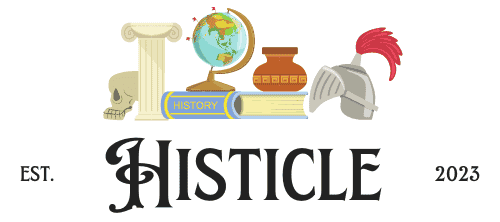
Remarkable facts about Henry VIII reveal a monarch whose decisions shaped England’s destiny for centuries.
This Tudor king transformed his nation through religious revolution, political innovation, and cultural renaissance.
Furthermore, his complex personality combined scholarly brilliance with ruthless ambition in ways that still fascinate historians today.
Beyond the 6 wives of Henry VIII, there is a lot about this Tudor king that shaped England’s destiny, and we’ll discover ten compelling facts that reveal his true legacy.
Additionally, these stories reveal how his personal traits directly influenced major historical events.
Most importantly, you’ll discover why this English king remains one of history’s most influential rulers.
- The Details: 10 Revolutionary Facts About Henry VIII
- 1. Created England's Naval Superpower
- 2. Pioneered the Modern English Government
- 3. Orchestrated History's Greatest Property Transfer
- 4. Revolutionized English Legal System
- 5. Launched the English Renaissance
- 6. Established Royal Supremacy Revolution
- 7. Transformed Royal Court Culture
- 8. Pioneered Modern Propaganda Techniques
- 9. Created England's Intelligence Network
- 10. Died Believing He Was God's Chosen King
- Brief Biography: Facts About Henry VIII
- Wrap-up: Facts About Henry VIII That Changed History
- FAQs: Facts About Henry VIII That Changed History
- Reader Resources: Facts About Henry VIII
- References: Facts About Henry VIII
The Details: 10 Revolutionary Facts About Henry VIII
These carefully selected facts about Henry VIII showcase his most historically significant achievements rather than merely entertaining trivia.
Each revelation demonstrates how this Tudor monarch’s decisions created lasting changes that shaped England’s development for centuries.
Furthermore, these stories connect Henry’s personal characteristics directly to major historical transformations.
Therefore, prepare to discover how one king’s ambitions revolutionized an entire nation’s destiny.
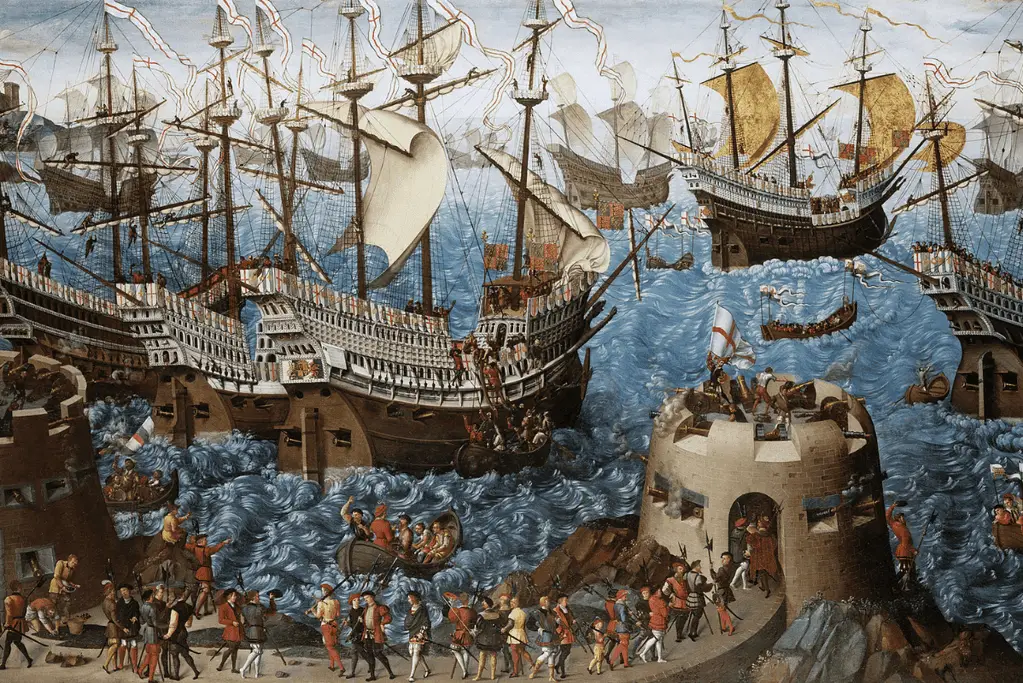
1. Created England’s Naval Superpower
Surprisingly, one of the most transformative facts about Henry VIII involves his revolutionary expansion of England’s navy.
The king inherited just five royal ships but built England’s first permanent fighting fleet of over 50 vessels.
Moreover, he established naval dockyards at Deptford and Woolwich that became centers of maritime innovation.
Henry also founded the Navy Board in 1546, creating the world’s first professional naval administration system.
His flagship, the Mary Rose, showcased cutting-edge artillery technology that revolutionized naval warfare across Europe.
Consequently, England emerged from his reign as a formidable sea power capable of challenging Spanish dominance.
Furthermore, Henry’s naval investments laid the foundation for England’s later colonial empire and global trade networks.
Therefore, his maritime vision transformed England from a minor European kingdom into a future world power.
Additionally, the skilled shipbuilders and sailors he trained became the backbone of Elizabethan naval supremacy.
This naval transformation represents Henry’s most lasting contribution to English power and prosperity.

2. Pioneered the Modern English Government
Furthermore, groundbreaking facts about Henry VIII include his creation of modern governmental structures that lasted for centuries.
The king established the Privy Council in 1540, replacing medieval advisory systems with efficient professional administration.
Moreover, he created new government departments including the Court of Augmentations to manage confiscated monastery lands worth millions.
Henry also revolutionized parliamentary procedure, using legislation rather than royal decree to enact major religious changes.
Consequently, his reign saw Parliament gain unprecedented authority in English governance, setting crucial precedents for constitutional monarchy.
Additionally, he appointed talented administrators like Thomas Cromwell who developed sophisticated bureaucratic systems still recognizable today.
Therefore, Henry’s governmental innovations balanced royal authority with institutional efficiency in revolutionary ways.
Furthermore, his use of statute law to break with Rome established Parliament’s supremacy over religious matters permanently.
These administrative reforms enabled England to govern its expanding territories more effectively than any previous monarchy.
Ultimately, Henry’s governmental legacy provided the framework for England’s later democratic evolution and imperial administration.

3. Orchestrated History’s Greatest Property Transfer
However, one of the most economically significant facts about Henry VIII centers on the Dissolution of the Monasteries between 1536-1541.
The king seized approximately 25% of England’s total land area from Catholic religious institutions in just five years.
Moreover, this massive transfer redistributed wealth worth an estimated £1.3 million (equivalent to billions today) throughout English society.
Henry sold these lands primarily to emerging merchant classes and ambitious nobles, creating England’s first major capitalist land market.
Consequently, this redistribution destroyed feudalism and accelerated the rise of commercial agriculture that fueled England’s later economic dominance.
Additionally, the dissolution provided crucial funding for Henry’s military campaigns and naval expansion without crushing taxation.
Therefore, this policy represented the largest peacetime transfer of property in English history until modern times.
Furthermore, former monastery buildings became country houses, schools, and commercial centers that reshaped England’s physical landscape permanently.
The social mobility created by these land sales also strengthened the Tudor dynasty by creating wealthy supporters dependent on royal favor.
Ultimately, Henry’s monastery dissolution launched England’s transformation from medieval agricultural society to early modern commercial power.
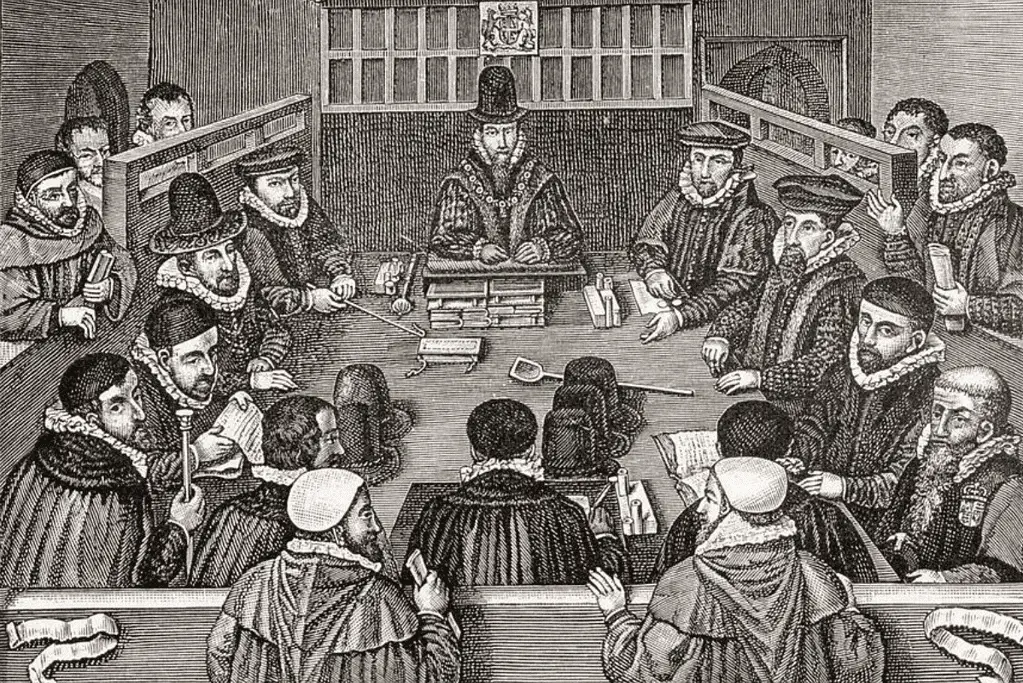
4. Revolutionized English Legal System
Interestingly, transformative facts about Henry VIII include his comprehensive reform of England’s legal foundations that influenced law for centuries.
The king unified England’s complex legal systems by extending royal courts’ authority over previously independent jurisdictions like church courts.
Moreover, he established the Court of Wards and Liveries to manage royal revenues more efficiently than medieval systems allowed.
Henry also created new legal procedures for treason trials that streamlined prosecution of political opponents while maintaining some procedural safeguards.
Consequently, his reign saw the development of more systematic legal records and procedures that improved judicial consistency across England.
Additionally, the king’s break with Rome required new laws defining royal supremacy that became fundamental constitutional principles.
Therefore, Henry’s legal innovations balanced royal authority with institutional procedures in ways that influenced later constitutional development.
Furthermore, his appointment of professional judges rather than noble favorites improved legal expertise and reduced corruption significantly.
These reforms also established English law’s independence from continental legal traditions, creating unique precedents for common law evolution.
Ultimately, Henry’s legal legacy provided crucial foundations for England’s later reputation as a nation governed by law rather than arbitrary royal will.
5. Launched the English Renaissance
Remarkably, cultural facts about Henry VIII reveal his role as England’s greatest Renaissance patron who transformed the nation’s artistic and intellectual life.
The king attracted leading European artists, musicians, and scholars to his court, creating England’s first truly international cultural center.
Moreover, he commissioned magnificent palaces like Hampton Court that showcased cutting-edge renaissance architecture and decorative arts throughout England.
Henry also established royal workshops for tapestry weaving, goldsmithing, and armor-making that developed distinctively English artistic styles.
Consequently, his court became a cultural magnet that elevated England’s reputation among European intellectual circles for the first time.
Additionally, the king’s personal scholarly interests encouraged humanist education and classical learning that spread throughout English society.
Therefore, Henry’s patronage launched England’s transformation from cultural backwater to Renaissance powerhouse within a single generation.
Furthermore, his support for English-language literature and music helped establish cultural independence from continental traditions.
The artists and craftsmen he attracted also trained English apprentices who continued developing these traditions after his death.
Ultimately, Henry’s cultural investments created the artistic foundations that would flourish during the Elizabethan golden age.
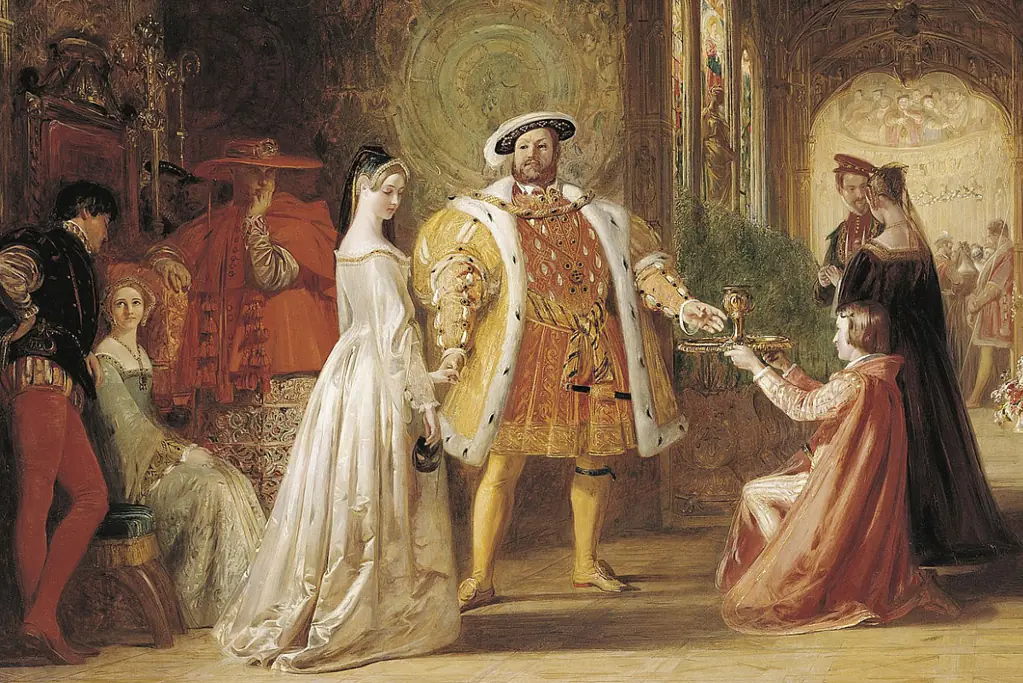
6. Established Royal Supremacy Revolution
Significantly, the most controversial facts about Henry VIII involve his creation of royal supremacy that permanently altered the relationship between church and state.
The king declared himself Supreme Head of the Church of England in 1534, directly challenging papal authority for the first time in English history.
Moreover, he required all subjects to swear the Oath of Supremacy, making religious loyalty a test of political allegiance with severe consequences for refusal.
Henry also appointed bishops and controlled church doctrine, effectively making religion an instrument of royal policy rather than independent spiritual authority.
Consequently, this revolution created the Anglican Church as a distinctly English institution that balanced Catholic tradition with Protestant reform.
Additionally, royal supremacy provided legal justification for seizing church wealth and redistributing it to strengthen royal power and reward political supporters.
Therefore, Henry’s religious revolution represented one of history’s boldest challenges to international authority and established crucial precedents for national sovereignty.
Furthermore, his use of Parliament to enact religious changes demonstrated how legislative authority could override traditional religious law.
These innovations also influenced later Protestant Reformation movements across Europe by showing how secular rulers could successfully challenge papal supremacy.
Ultimately, Henry’s religious revolution created the constitutional framework that enabled England’s later emergence as a Protestant world power.
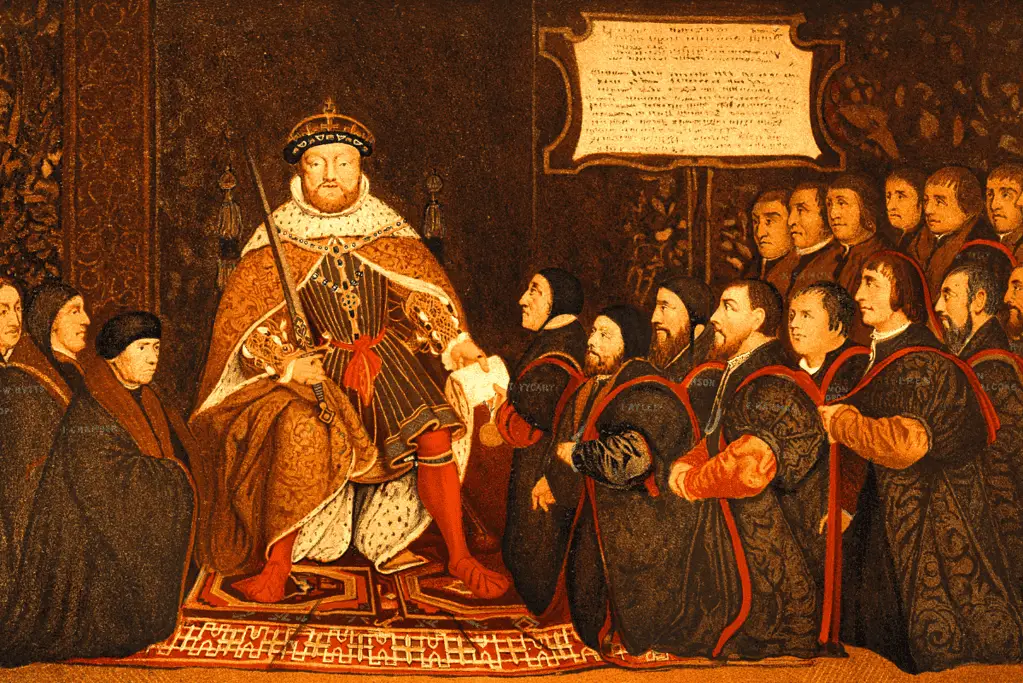
7. Transformed Royal Court Culture
Furthermore, fascinating facts about Henry VIII include his creation of Europe’s most magnificent royal court culture that influenced aristocratic behavior for generations.
The king employed over 1,000 courtiers and servants, creating a mobile palace community that traveled between his numerous residences throughout the year.
Moreover, he established elaborate ceremonial protocols that elevated the monarchy’s prestige while providing opportunities for ambitious nobles to advance through royal service.
Henry also revolutionized court entertainment by importing continental fashions in music, dance, and theatrical performance that made his court a center of cultural innovation.
Consequently, courtiers competed for royal favor through displays of artistic talent, scholarly learning, and fashionable dress that raised cultural standards across England.
Additionally, the king’s court became a crucial political institution where important decisions were negotiated through informal networks rather than formal government structures.
Therefore, Henry’s court culture created new models of aristocratic behavior that emphasized education, artistic refinement, and political sophistication over traditional military valor alone.
Furthermore, his courtiers carried these cultural innovations to their own estates, spreading Renaissance values throughout English society more effectively than any royal decree.
The social competition his court encouraged also stimulated demand for luxury goods that supported emerging English industries and international trade.
Ultimately, Henry’s court culture established social patterns that defined English aristocratic life until the modern era.

(Note: the blue background of the original painting has been removed)
8. Pioneered Modern Propaganda Techniques
Moreover, innovative facts about Henry VIII reveal his mastery of propaganda techniques that shaped public opinion with unprecedented sophistication.
The king commissioned official portraits by Hans Holbein that projected images of power and authority that influenced royal iconography for centuries afterward.
Additionally, he controlled the printing press to distribute official versions of events while suppressing alternative viewpoints through censorship and intimidation.
Henry also used religious sermons to justify his policies, requiring clergy to preach royal supremacy from every pulpit in England weekly.
Consequently, his reign witnessed the first systematic attempt to manipulate popular opinion through coordinated media campaigns across multiple communication channels.
Furthermore, the king employed writers and scholars to produce treatises defending his actions that were distributed throughout Europe to influence international opinion.
Therefore, Henry’s propaganda innovations demonstrated how Renaissance monarchs could use new technologies to strengthen their authority more effectively than medieval rulers ever could.
Moreover, his use of symbolism in architecture, ceremonies, and official documents created a visual language of power that reinforced his political messages constantly.
These techniques also influenced how his successors communicated with subjects, establishing patterns of royal publicity that continued into the modern era.
Ultimately, Henry’s propaganda mastery showed how information control could become a crucial tool of political power in the emerging modern world.
9. Created England’s Intelligence Network
Additionally, secretive facts about Henry VIII include his establishment of England’s first professional intelligence service that protected his regime through systematic surveillance and espionage.
The king employed agents throughout Europe to monitor foreign courts, gather military intelligence, and track English exiles who posed threats to his authority.
Moreover, he developed sophisticated code systems and secure communication networks that enabled coordination of covert operations across vast distances.
Henry also created domestic surveillance systems that monitored potential threats among the nobility, clergy, and common people through networks of informants and spies.
Consequently, his intelligence operations provided crucial early warnings of plots against his rule while gathering information needed for diplomatic and military planning.
Additionally, the king used intelligence gathering to identify and eliminate political opponents before they could organize effective resistance to his policies.
Therefore, Henry’s spy network represented a revolutionary development in statecraft that gave England significant advantages over less well-informed rivals.
Furthermore, his intelligence service gathered economic and technological information that supported England’s growing commercial and military capabilities.
These operations also influenced Henry’s decision-making by providing detailed knowledge of foreign intentions and domestic sentiment that previous monarchs lacked.
Ultimately, Henry’s intelligence innovations established precedents and techniques that became fundamental features of modern state security systems.

10. Died Believing He Was God’s Chosen King
Finally, the most revealing facts about Henry VIII concern his unwavering belief that divine providence had chosen him to transform England according to God’s will.
The king interpreted his successful break with Rome as proof that God supported his religious revolution against papal corruption and foreign interference.
Moreover, he viewed his survival of numerous assassination plots and health crises as divine protection for his sacred mission to reform English Christianity.
Henry also believed his male heir Edward proved God’s approval of his controversial marriages and religious policies despite widespread criticism.
Consequently, this religious conviction enabled him to pursue radical policies with absolute confidence that he was fulfilling divine destiny rather than merely satisfying personal ambitions.
Additionally, the king’s deathbed preparations focused on ensuring his religious reforms would continue after his death rather than reconciling with Rome or apologizing for his actions.
Therefore, Henry’s religious certainty explains how he maintained psychological stability while making decisions that lesser men might have found overwhelming.
Furthermore, his conviction that God supported his cause influenced how he presented his policies to subjects, always emphasizing divine approval rather than political necessity.
This religious framework also shaped his expectations for loyalty, viewing opposition to his policies as rebellion against God’s will rather than legitimate political disagreement.
Ultimately, Henry’s religious self-image reveals how personal faith could become a powerful force for historical change when combined with political authority and personal charisma.
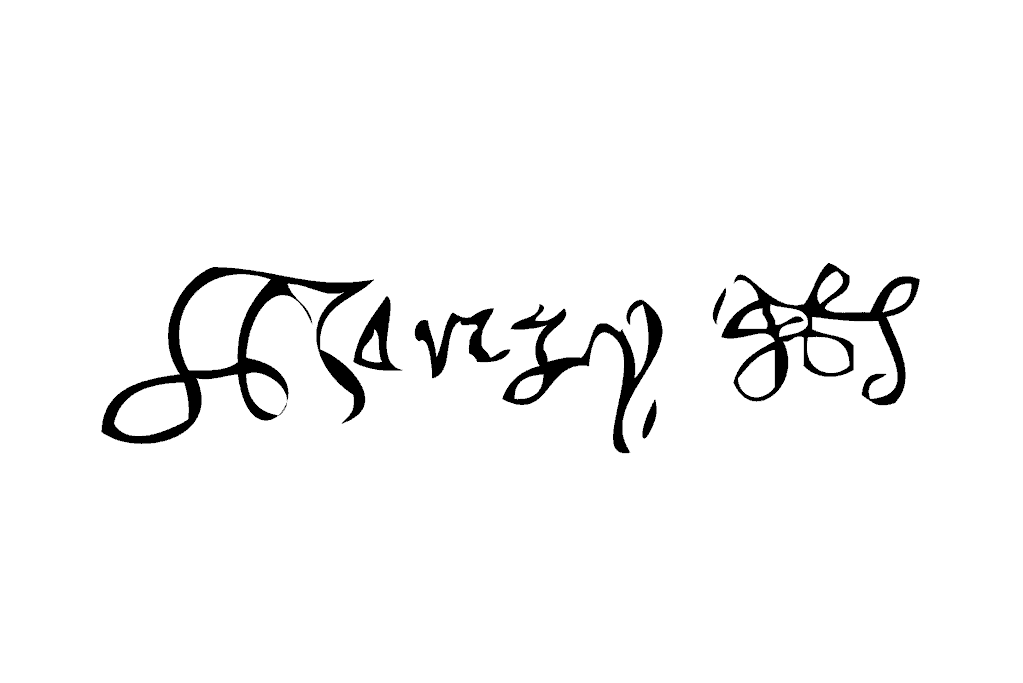
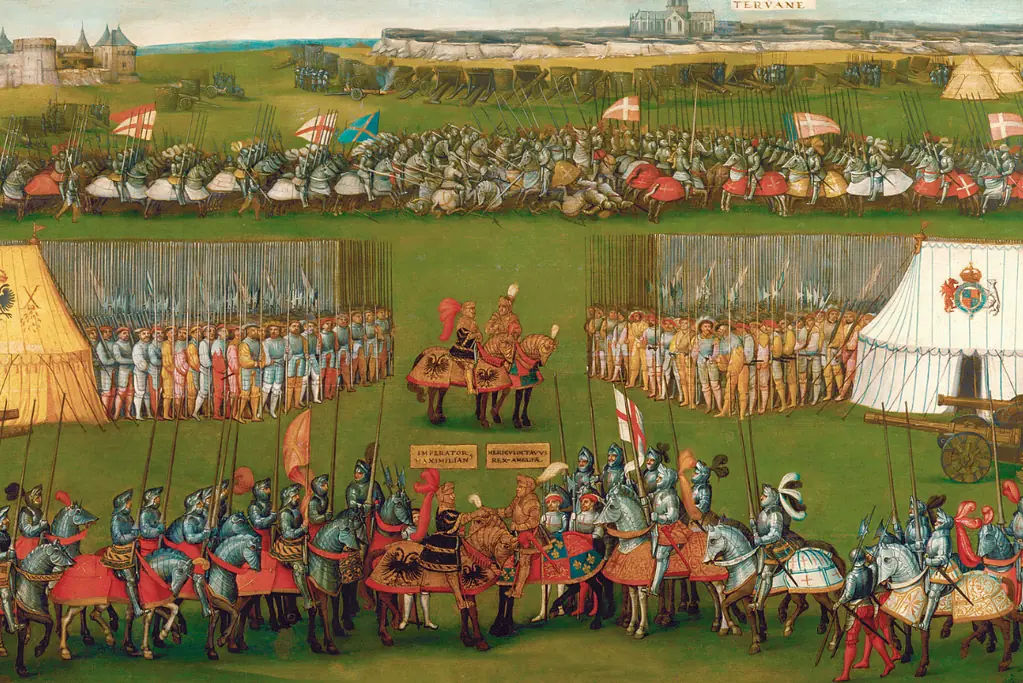
Wrap-up: Facts About Henry VIII That Changed History
These remarkable facts about Henry VIII demonstrate how one monarch’s personal ambitions transformed an entire nation’s historical trajectory.
These remarkable facts about Henry VIII demonstrate how one monarch’s personal ambitions transformed an entire nation’s historical trajectory.
From naval supremacy to religious revolution, his innovations created the foundations for England’s later emergence as a global superpower.
Furthermore, his governmental, legal, and cultural reforms established institutions and precedents that influenced English development for centuries afterward.
From naval supremacy to religious revolution, his innovations created the foundations for England’s later emergence as a global superpower.
Furthermore, his governmental, legal, and cultural reforms established institutions and precedents that influenced English development for centuries afterward.
Understanding Henry’s revolutionary impact requires recognizing how his personal traits—ambition, intelligence, ruthlessness, and religious conviction—enabled him to pursue radical changes that lesser rulers might never have attempted.
Additionally, his reign illustrates how individual decisions can have profound historical consequences when combined with favorable circumstances and institutional support.
Therefore, Henry VIII’s story remains relevant today as an example of how transformative leadership can reshape entire civilizations through bold vision and decisive action.
📥 Take the knowledge with you: Download our complete Henry VIII reference guide to keep all these fascinating facts and more at your fingertips.
For more on historical rulers and other leaders of England/Britain, check out my articles below:
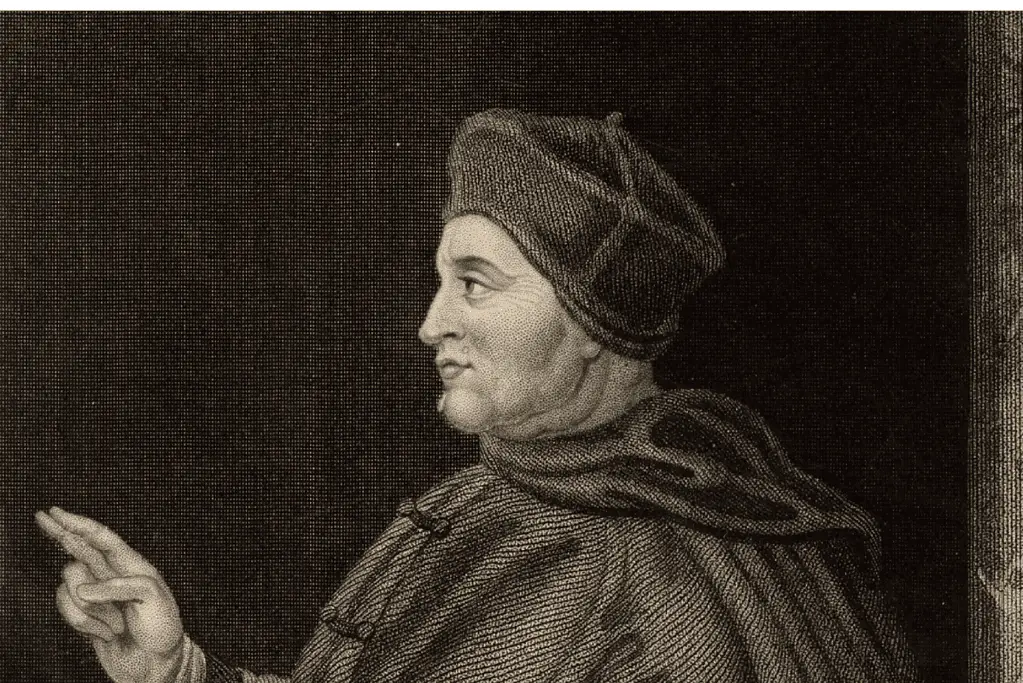
FAQs: Facts About Henry VIII That Changed History
Reader Resources: Facts About Henry VIII
References: Facts About Henry VIII
“A Quick Look at Royal Dogs.” Royal Central, 8 July 2023, royalcentral.co.uk/features/a-quick-look-at-royal-dogs-128351/. Accessed 13 Mar. 2024.
Archives, The National. “The National Archives – Homepage.” The National Archives, www.nationalarchives.gov.uk/education/resources/henry-viii/.
Chalmers, CR, and EJ Chaloner. “500 Years Later: Henry VIII, Leg Ulcers and the Course of History.” Journal of the Royal Society of Medicine, vol. 102, no. 12, Dec. 2009, pp. 514–517, https://doi.org/10.1258/jrsm.2009.090286.
Dinning, Rachel. “5 Things You (Probably) Didn’t Know about Henry VIII.” History Extra, History Extra, 28 Mar. 2019, www.historyextra.com/period/tudor/king-henry-viii-facts-wives-spouse-execution-weight-reformation-cromwell/.
“Henry VIII.” Historic Royal Palaces, Historic Royal Palaces, 2019, www.hrp.org.uk/hampton-court-palace/history-and-stories/henry-viii/.
“Henry VIII (R.1509-1547).” The Royal Family, 3 Aug. 2018, www.royal.uk/henry-viii.
https://www.facebook.com/thoughtcodotcom. “Henry VIII Beheaded Wives, Formed His Own Church, and Ruled England.” ThoughtCo, 2019, www.thoughtco.com/henry-viii-of-england-1222000.
Johnson, Ben. “Henry VIII, King of England and His Six Wives.” Historic UK, 2019, www.historic-uk.com/HistoryUK/HistoryofEngland/Henry-VIII/ .
Magazine, Smithsonian, and Nora McGreevy. “Researchers Find Remnants of Jousting Field Where Henry VIII Almost Died.” Smithsonian Magazine, www.smithsonianmag.com/smart-news/jousting-henry-viii-tudor-history-180976221/.
Nate Barksdale. “8 Things You May Not Know about Henry VIII.” HISTORY, 16 Dec. 2014, www.history.com/news/8-things-you-probably-didnt-know-about-henry-viii.
Royal Museums Greenwich. “Facts about Henry VIII.” Www.rmg.co.uk, www.rmg.co.uk/stories/topics/facts-about-henry-viii.
“The Musical Life of King Henry VIII.” Www.classical-Music.com, www.classical-music.com/articles/musical-life-king-henry-viii. Accessed 13 Mar. 2024.
“These Famous Historical Figures Suffered from Unique Phobias – Page 14.” History Collection, 7 Nov. 2018, historycollection.com/these-famous-historical-figures-suffered-from-unique-phobias/14/. Accessed 13 Mar. 2024.
